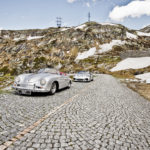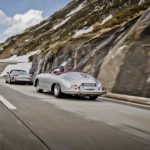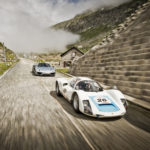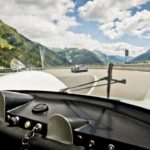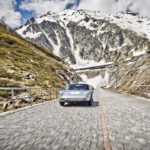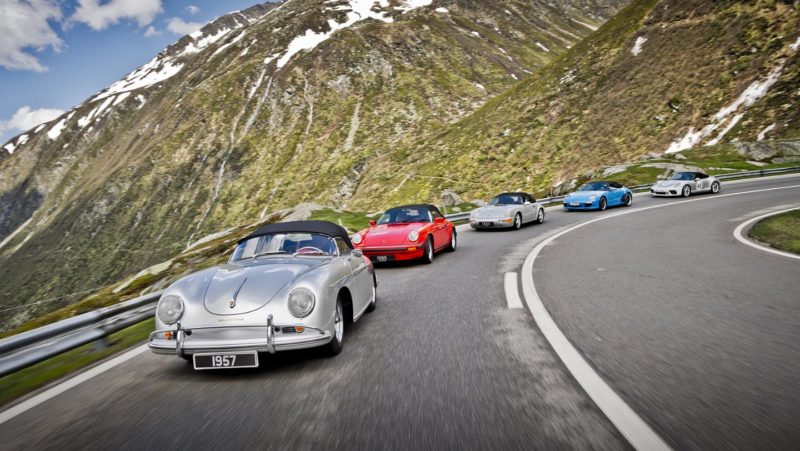
It’s strange to think that what was once Porsche’s cheapest road car has spawned such a legacy. Where the basic 356 Speedster was inexpensive and humble, each subsequent generation is seemingly more limited and exclusive than the last. When the Speedster name re-emerged in the late-1980s as a spartan (but apparently practical) version of the 911, it was offered in fairly limited numbers. Just 823 came to the United States over a single model year. Just 800 of the following 964-generation cars were built, followed by a total of just two 993s (though there have been imitators).
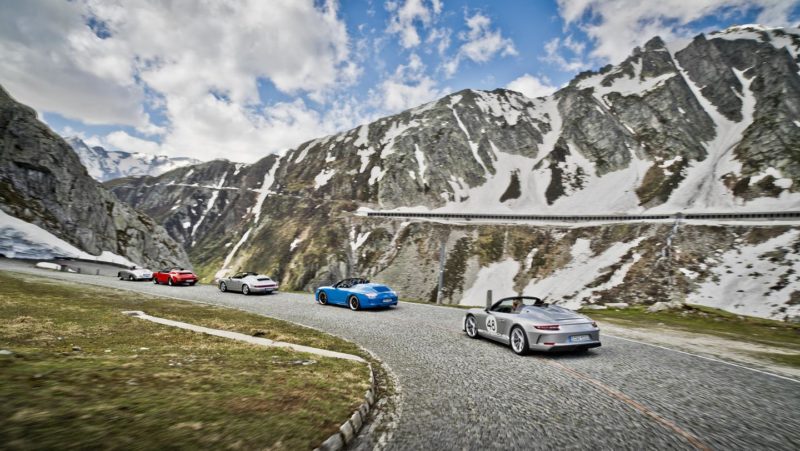
The name then went into hiding for more than a decade. There were no 996 Speedsters. There were no 997.1 Speedsters. When the name re-appeared on the 997.2, the resulting car was decidedly better equipped than its predecessors. The three earlier generations had radically cut-down windscreens and tops that resembled camping equipment. The 997.2 had a power top and a slightly cut-down screen with the same rake angle as the standard car. By Speedster standards it was positively plush, even if the 911 GTS powerplant made it significantly more swift than preceding 911 Speedsters.
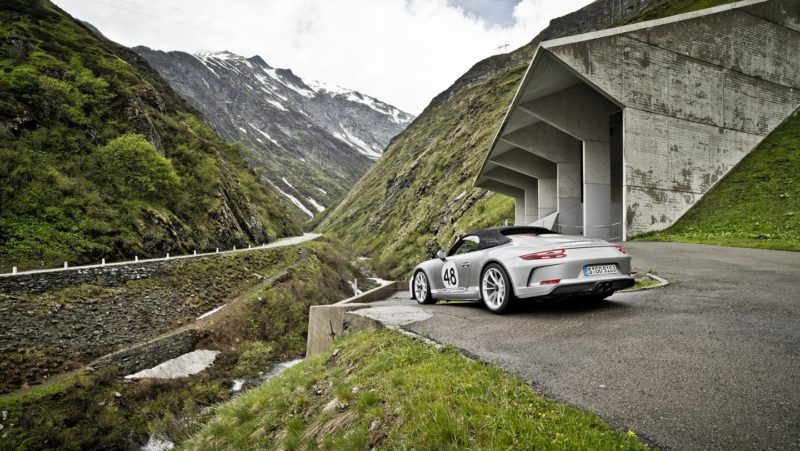
But lo, with the latest generation of Speedster, the GT division did things their way. Where virtually every Speedster has been equipped more simply than other models in the range, the new car is the most hardcore Speedster since the original Speedster Carrera of 1955. While a GT3 or GT2 RS might be a better tool for the track, the new 4.0-liter naturally-aspirated Speedster might be the greatest instrument of sensory stimulation in Porsche’s arsenal.
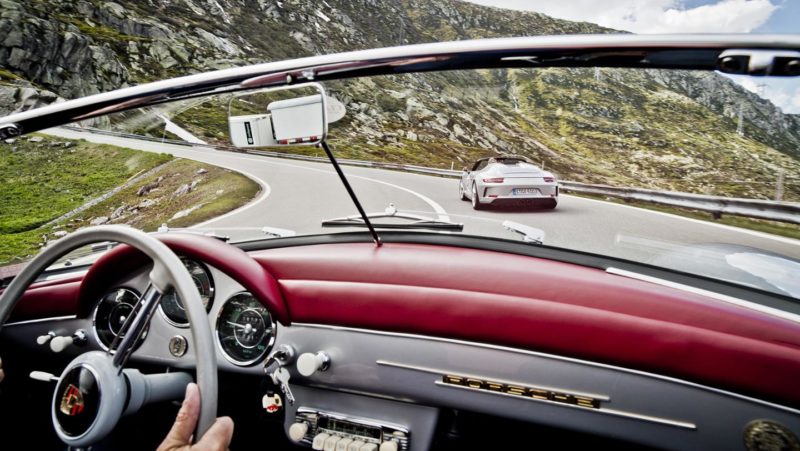
Set against the stark beauty of the Gotthard Pass, the selection of Speedsters stand with the roadway as a sign of triumph over the challenging terrain. While trains pass through a nearby tunnel, drivers in these open-top sports cars get to experience the majesty of the pass; six decades of sports car development meeting more than two centuries of engineering and architecture in a whirl of speed and style.




